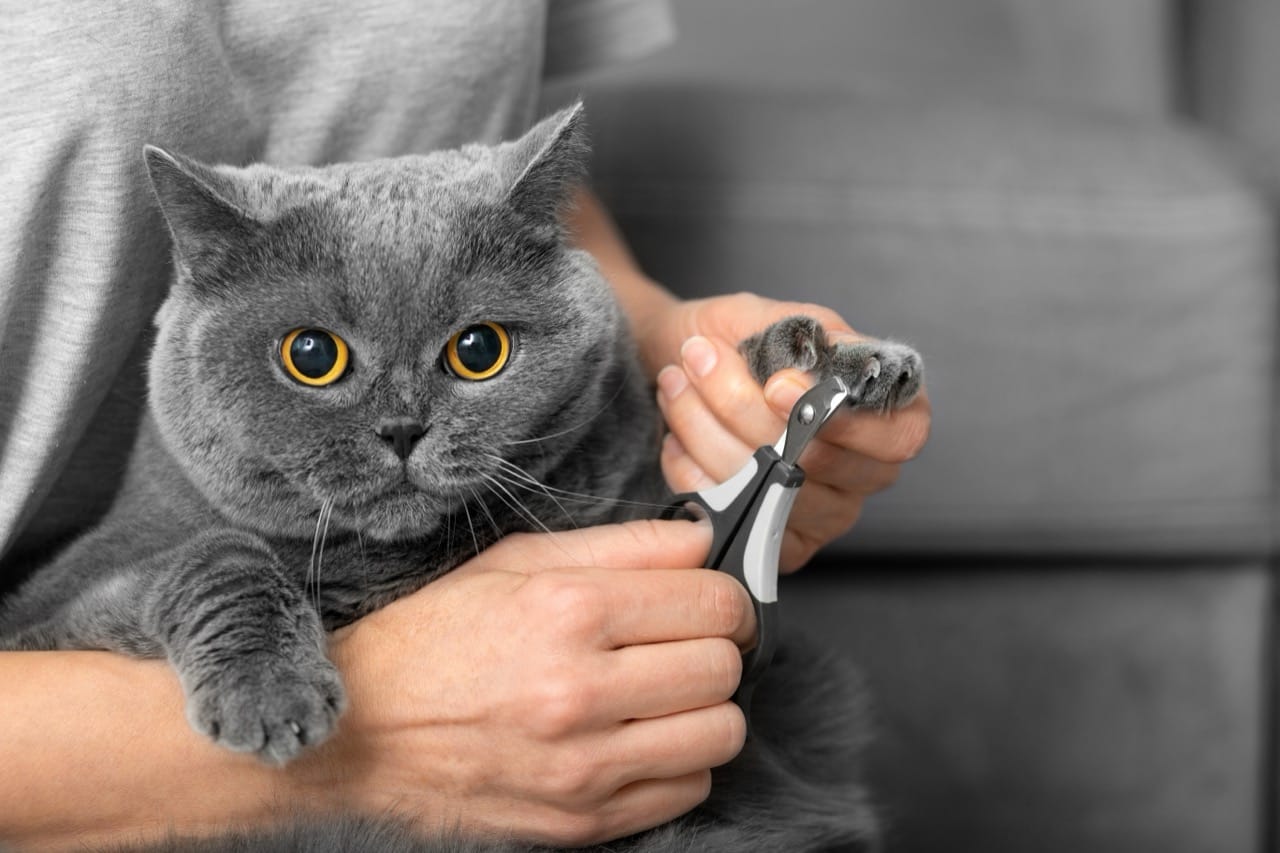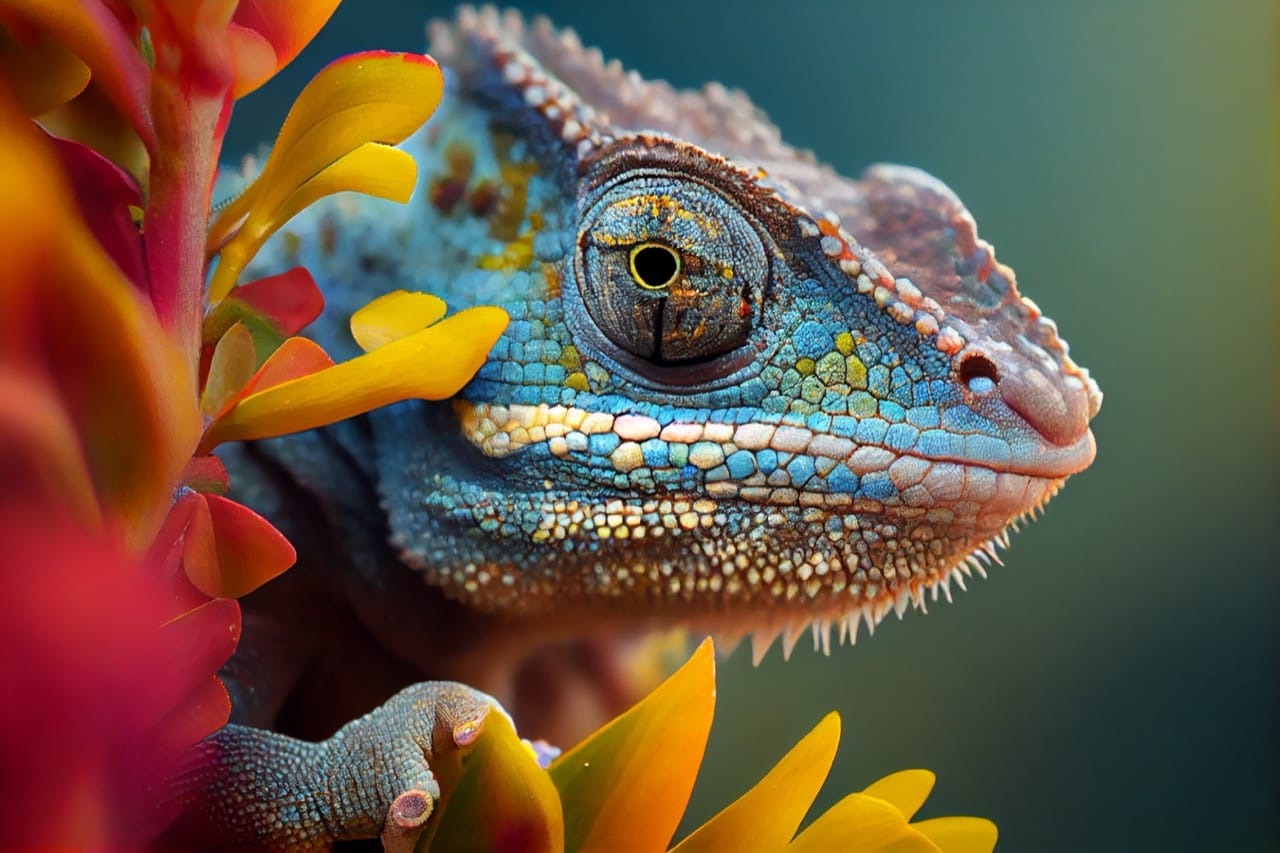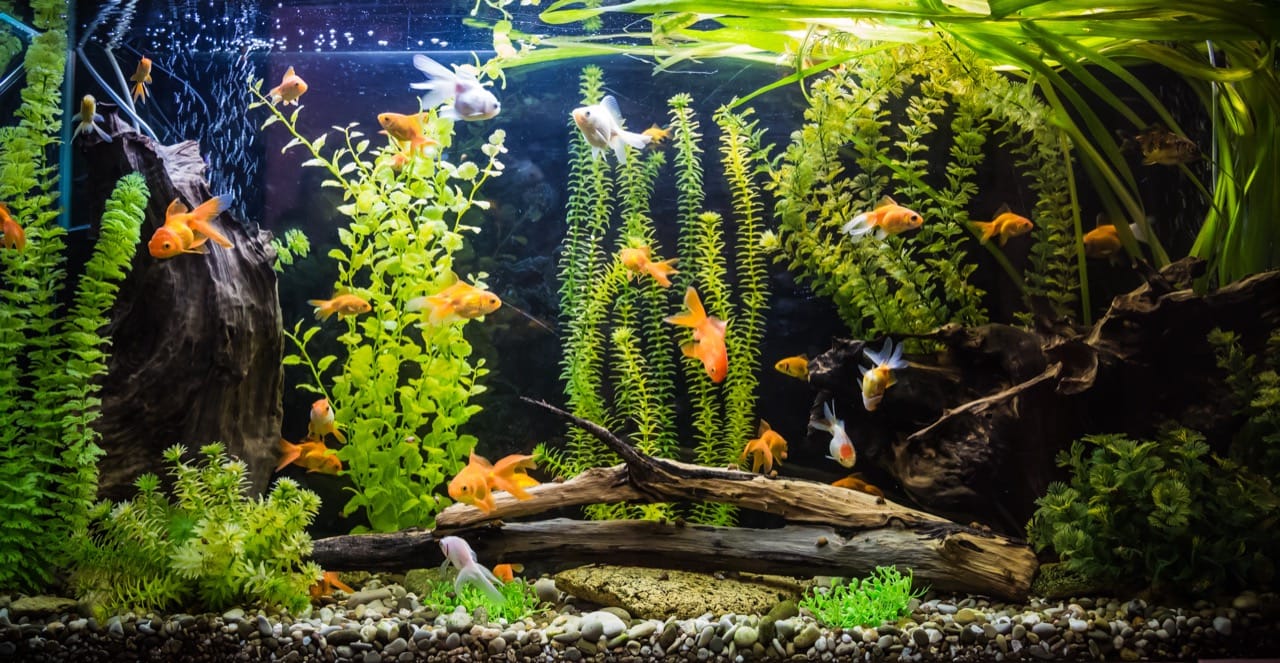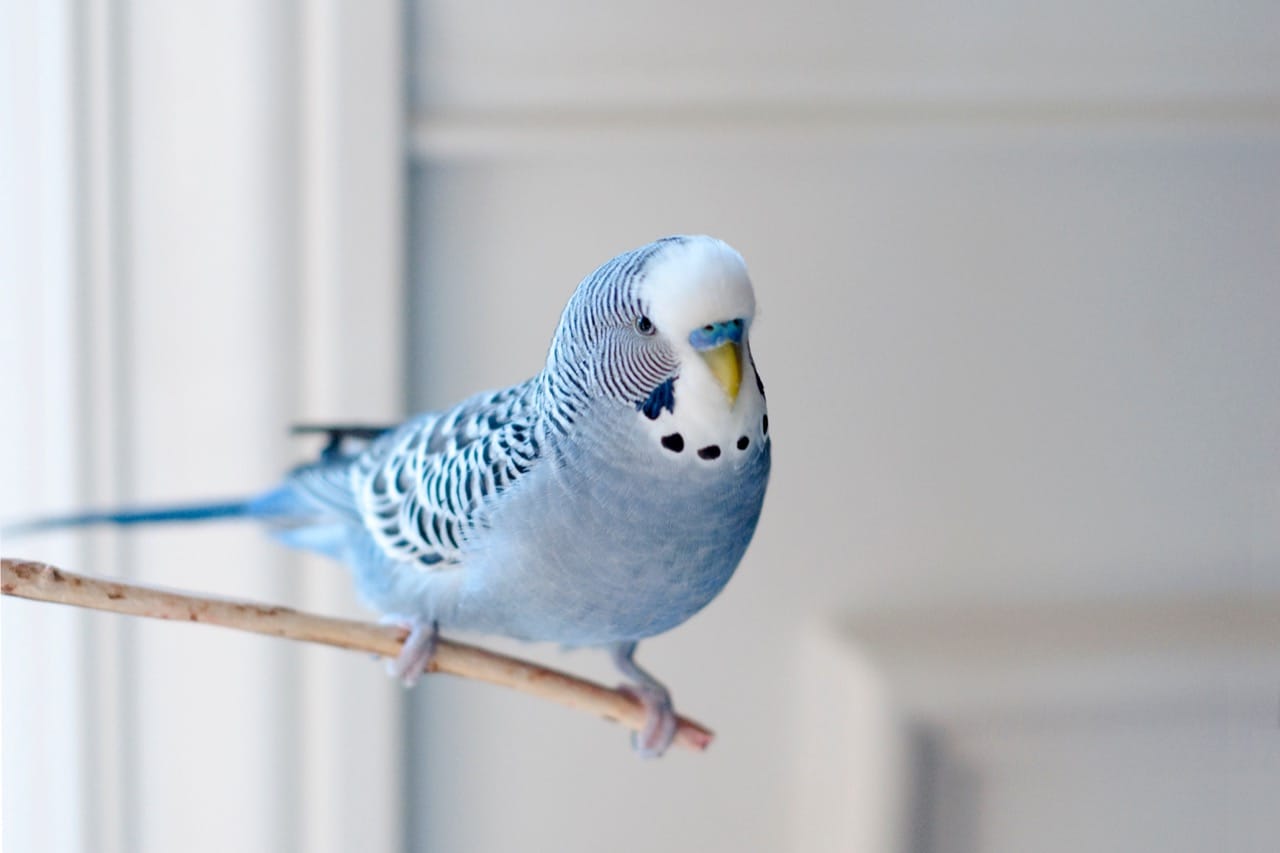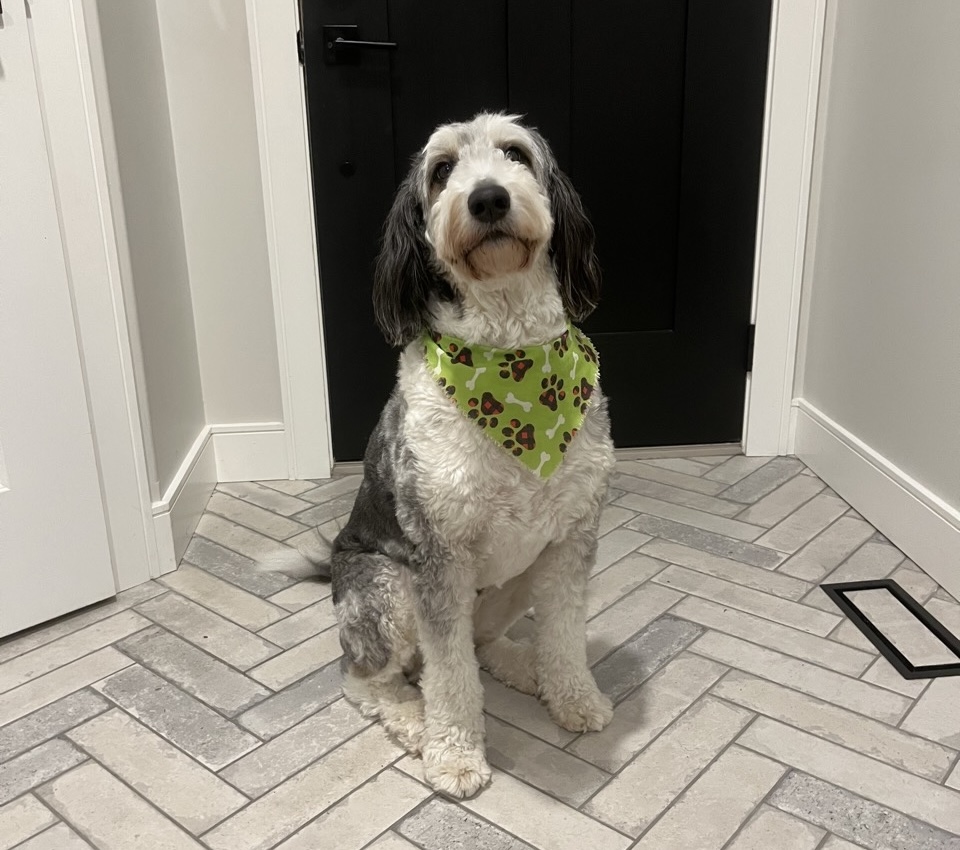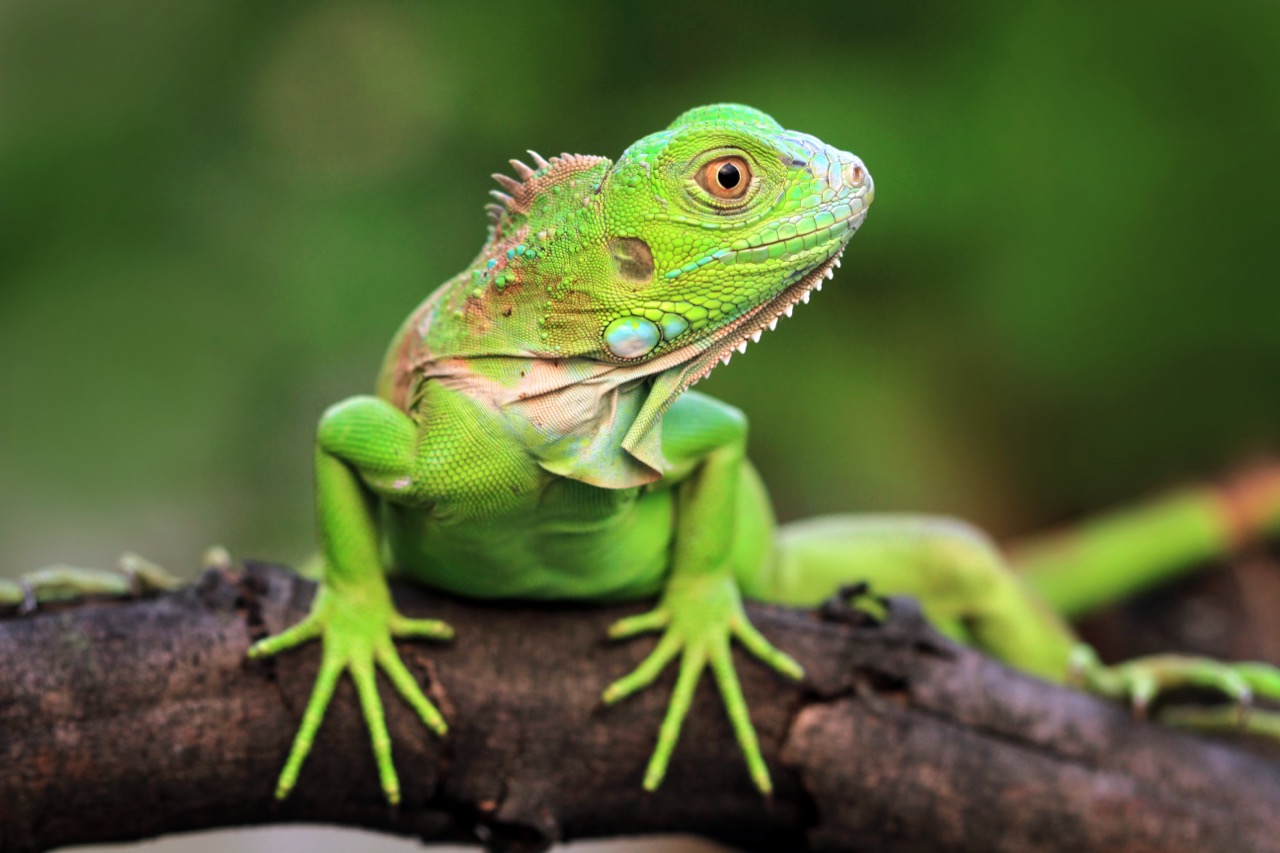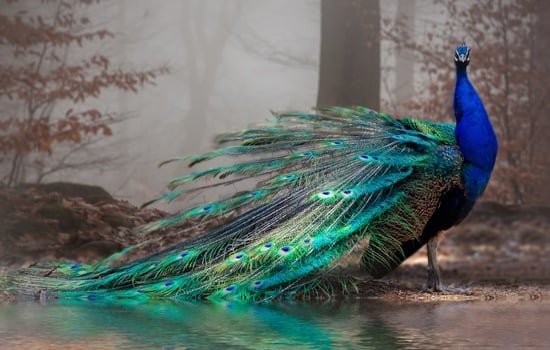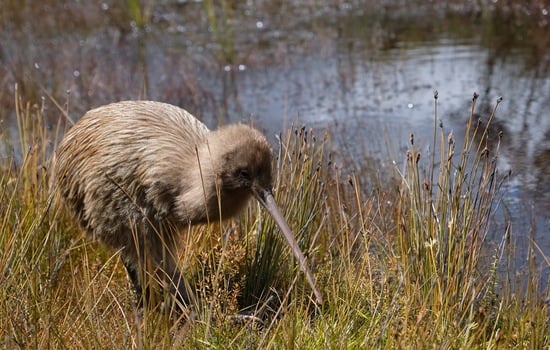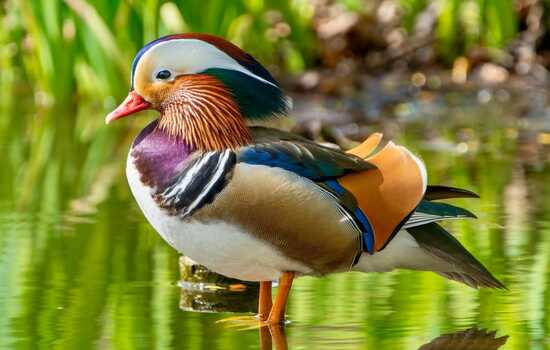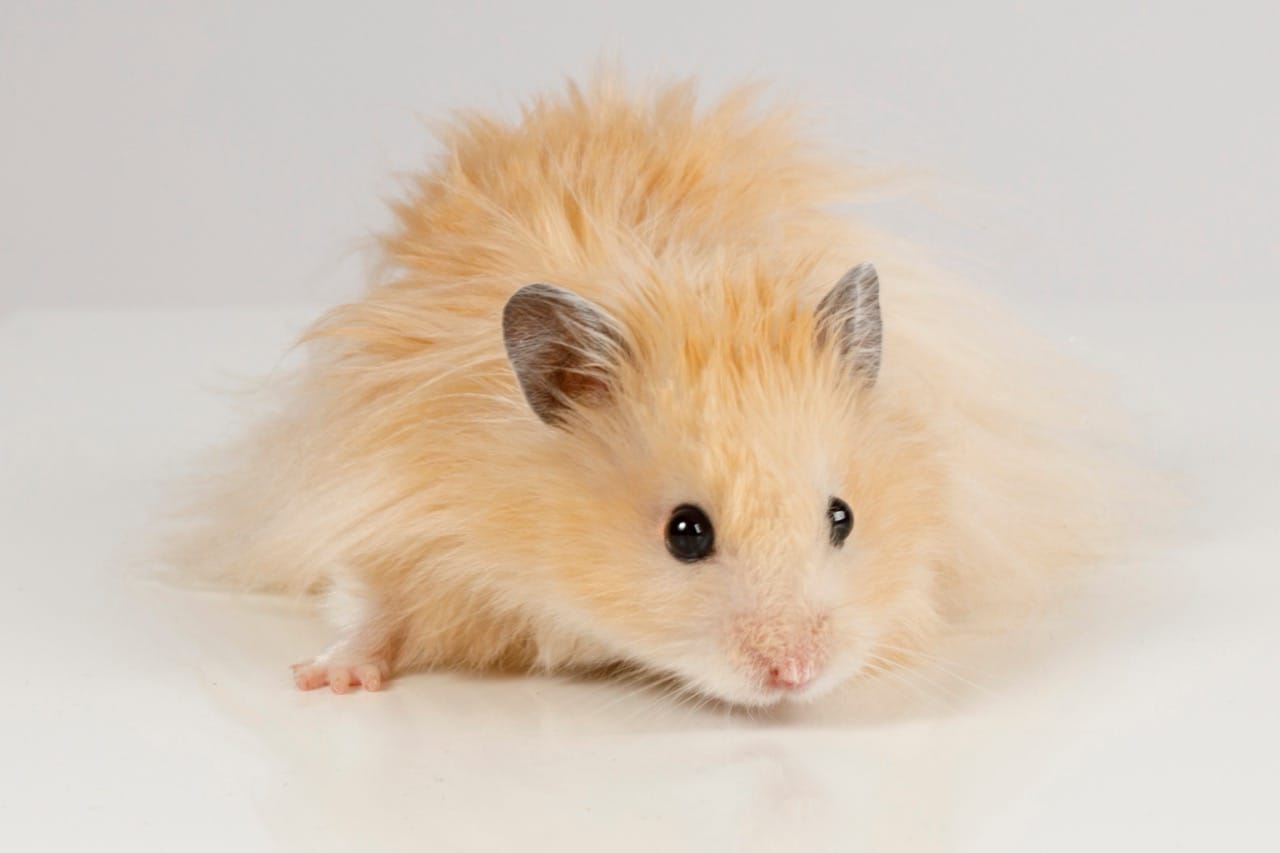
The Delightful World of Syrian Dwarf Hamsters: A Complete Care Guide
In the bustling bazaars of the pet world, where each creature presents its own charm and challenges, the Syrian Dwarf hamster stands out as a particularly adorable and manageable pet. Known for their endearing personalities and relatively straightforward care requirements, these tiny rodents can make delightful companions, especially in households where space is at a premium. Before diving into the nuts and bolts of caring for these little furballs, here’s a fun fact to chew on: despite their name, Syrian Dwarf hamsters are neither true dwarfs nor are they necessarily from Syria. They are actually just smaller relatives of the well-known Syrian (or Golden) hamster and are equally loved for their friendly demeanor.
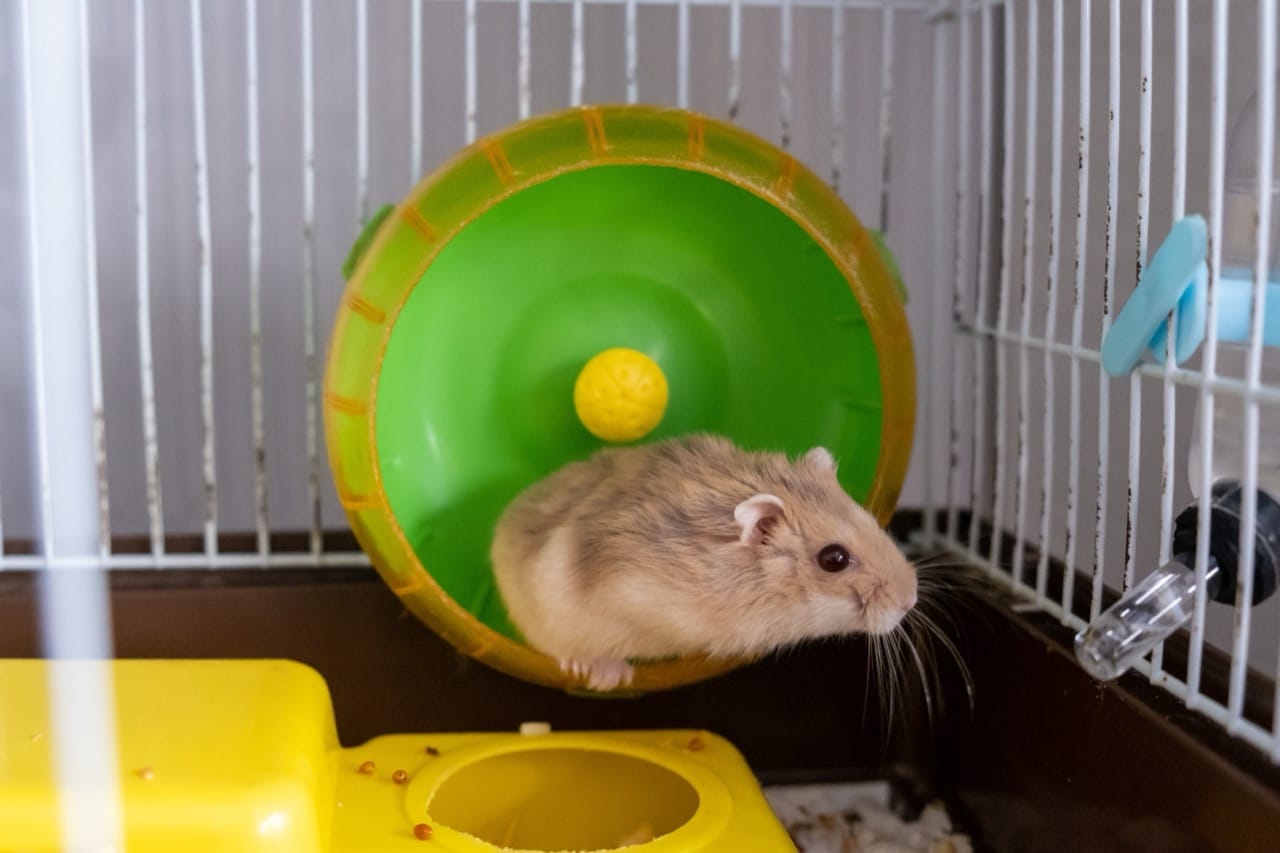
Crafting a Cozy Home
The first step in caring for your Syrian Dwarf hamster is creating a suitable living space that caters to their needs for safety, comfort, and stimulation. While cages are the traditional choice, a glass aquarium with a secure mesh top or a specialized hamster habitat from a pet store can also be excellent options. These homes should be spacious enough to allow for ample movement; typically, a 20-gallon tank is a good start.
Inside their home, bedding is crucial. A generous layer of paper-based or aspen shavings (avoid cedar or pine due to respiratory risk) will provide both comfort and a place to burrow. Include a nesting area where your hamster can retreat and feel secure, using unscented, soft bedding material. Equipping the habitat with a solid, non-wire running wheel, chew toys, and tunnels will also help keep your hamster engaged and active. Remember, the placement of the habitat in your home matters, too. Keep it in a quieter area to reduce stress, away from direct sunlight and drafts.
Feeding Your Furry Friend
When it comes to nourishing your Syrian Dwarf hamster, a balanced diet is key. High-quality hamster pellets should form the base of their diet, supplemented with occasional treats of fresh fruits and vegetables like carrots, apples, and greens, which not only add variety but also provide necessary nutrients. However, moderation is critical with fresh foods to avoid digestive issues.
Hamsters typically eat about two teaspoons of food a day, and it's best to feed them in the evening when they're most active. Always ensure fresh water is available, preferably in a bottle with a metal spout to prevent chewing. Regular cleaning of the food and water containers is essential to prevent contamination and illness.
Playtime and Interaction
Syrian Dwarf hamsters are solitary creatures by nature, but that doesn't mean they don't enjoy interaction and play. In fact, regular, gentle handling can help tame your hamster and strengthen your bond. It’s important to approach your hamster slowly and allow it to sniff your hand before picking it up, supporting its entire body to prevent stress and injury.
Toys and activities are vital for mental and physical stimulation. Wooden chew toys can help keep their constantly growing teeth at a healthy length, while balls and tunnels cater to their need to explore and exercise. Be mindful of the size of any exercise balls or wheels to ensure they are appropriate for a smaller breed like the Syrian Dwarf to prevent back issues.
Safety and Health: Keeping Your Hamster Happy and Healthy
Maintaining a safe and healthy environment is crucial for any pet, and Syrian Dwarf hamsters are no exception. Regular cleaning of their habitat is necessary to prevent disease; a full habitat clean with a safe, gentle disinfectant should be done weekly, with spot cleaning as needed throughout the week.
Monitor your hamster for signs of health issues, such as lethargy, changes in eating habits, or uncharacteristic aggression, which can indicate illness or stress. Regularly checking for overgrown teeth or nails is also important, as these can cause discomfort and health problems down the line.
Safety Measures for All
Finally, while Syrian Dwarf hamsters are generally safe and delightful pets, they do require some specific safety measures to ensure the wellbeing of both the hamster and their human caretakers. Always supervise children when they interact with the hamster to ensure gentle handling. Be aware of other pets in the home, as even friendly cats and dogs may pose a risk to your tiny companion.
Hamsters are known for being escape artists, so ensuring the habitat is secure and regularly inspecting it for potential weak spots is crucial. This not only keeps your hamster safe but also prevents the stress of an unexpected hamster hunt in your home.
The Syrian Dwarf hamster offers a unique blend of charm and companionship, asking in return for just a bit of care, attention, and a lot of love. Providing a secure, stimulating environment, a nutritious diet, and regular interaction will help ensure your furry friend leads a happy, healthy life. Whether snoozing in their cozy nest or zipping through a maze of tunnels, these little creatures can bring big joy to any home.
